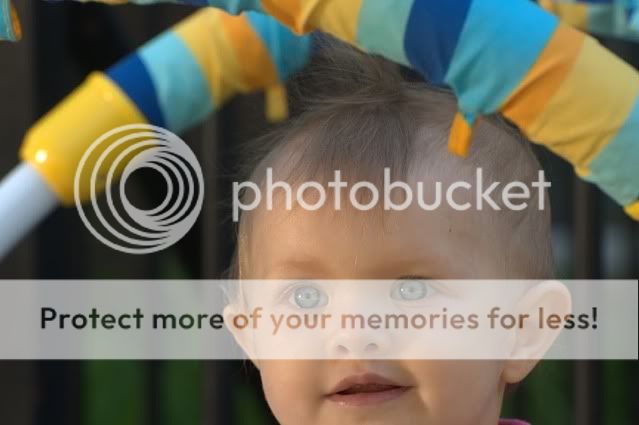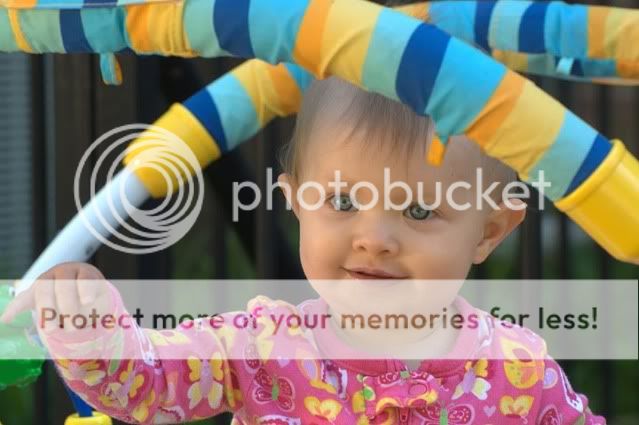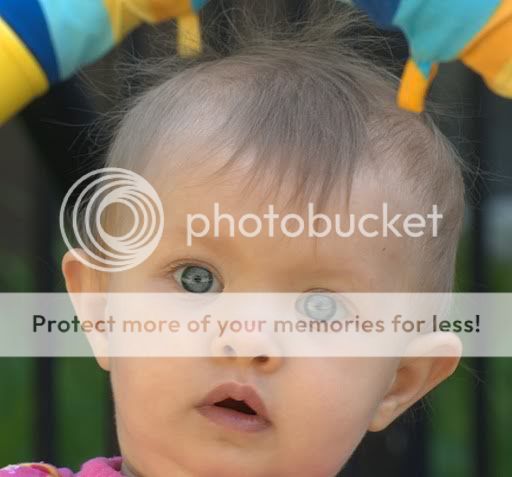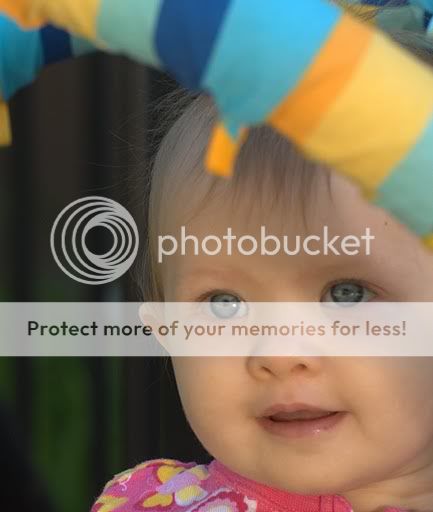sovietdoc
No longer a newbie, moving up!
- Joined
- Jun 12, 2010
- Messages
- 1,142
- Reaction score
- 75
- Location
- rest of the world
- Can others edit my Photos
- Photos OK to edit
:addpics:
Follow along with the video below to see how to install our site as a web app on your home screen.

Note: This feature currently requires accessing the site using the built-in Safari browser.
I would try two things :
1. Focus on the eyes using the AF-L to hold focus then recompose the shot
2. Use manual focus
what does IQ stand for?
f10 should be fine for DOF. what was your shutter speed?
My settings were..
1/13, f10, iso lo. 0.3, 185mm
You're probably getting motion blur, try shooting around f/4 or 5.6, ISO 400ish, set the lens closer to 70mm, and set the active focus point on the eye and you should be getting much better results.
1) Auto-focus is useless
2) Auto-focus is useless
3) Auto-focus is useless
1.) Wrong
2.) Wrong
3.) Depends
Most DSLRs don't have a good way to manual focus. There's nothing in the viewfinder to show the focus (other than a tiny image...).
No, it is useless!
My first advice is to post some example shots here along with the details of the settings you used for them. That gives us a solid idea of what you are producing and what the problem is in your shots - descriptions are good certainly, but without a photo a well it leaves far to many variables for us to be able to give you a more focused answer.




Eyes look in focus to me from those shots - its motion blur that you have as well as probably handshake when shooting as slow as 1/13sec.
That is what I'm looking for. The whole bird is perfectly focused. I am still so overwhelmed by the balance between shutter, aperture, & iso. I'm just not experienced enough to know how to shoot properly in manual. I still have a lot to learn and work on for sure. I was hoping to know enough to get some good results this weekend. We'll see..Assuming you're talking about the 70-300vr.
The autofocus isn't useless. It isn't great but it's not useless. You need to learn that a) you will need a shutter speed of like 1/150 (or 1/300+ if it's the non-VR) to get sharp pics in any light and b) the autofocus isn't accurate so you need to manually override it once you're close.
Look at this (Scroll down and to the right to the bird). That's taken with the 70-300 on a cloudy day. ISO 200, 1/320, f/5.6.
It can be done, but you have to pay attention and realize that sometimes it's best to just put your camera away because you're just gonna be frustrated.
Eyes look in focus to me from those shots - its motion blur that you have as well as probably handshake when shooting as slow as 1/13sec.
That is what I'm looking for. The whole bird is perfectly focused. I am still so overwhelmed by the balance between shutter, aperture, & iso. I'm just not experienced enough to know how to shoot properly in manual. I still have a lot to learn and work on for sure. I was hoping to know enough to get some good results this weekend. We'll see..
That is what I'm looking for. The whole bird is perfectly focused. I am still so overwhelmed by the balance between shutter, aperture, & iso. I'm just not experienced enough to know how to shoot properly in manual. I still have a lot to learn and work on for sure. I was hoping to know enough to get some good results this weekend. We'll see..
You have no idea how much post processing I did on that image. It was an awful image when it came out of the camera. Under-exposed, soft, the background blur was ugly as sin. I put probably 2 hours into PPing that.
With digital photography, much more than with film photography, you, as an enthusiastic amateur, have a lot more options in how an image is processed. There was a thread yesterday and the day before that was about this.
The difference between digital imaging of today and film imaging of 15-20 years ago is that the user did not see most of the processing that was done to their image. When you dropped off a roll of film, the film got processed to make some extent and then the image itself was processed. Now you, the photographer, are responsible for that. Instead of having to be semi-pro to develop your own images in your darkroom, you are thrown into the world of digital processing. There's a lot to learn about it.
Working the camera is easy. The digital darkroom stuff is difficult.
(As a side note, those photos you posted could be great with a little unsharp mask and some curve adjustments._

